Horse Chestnut Seeds: How To Grow A Horse Chestnut Tree
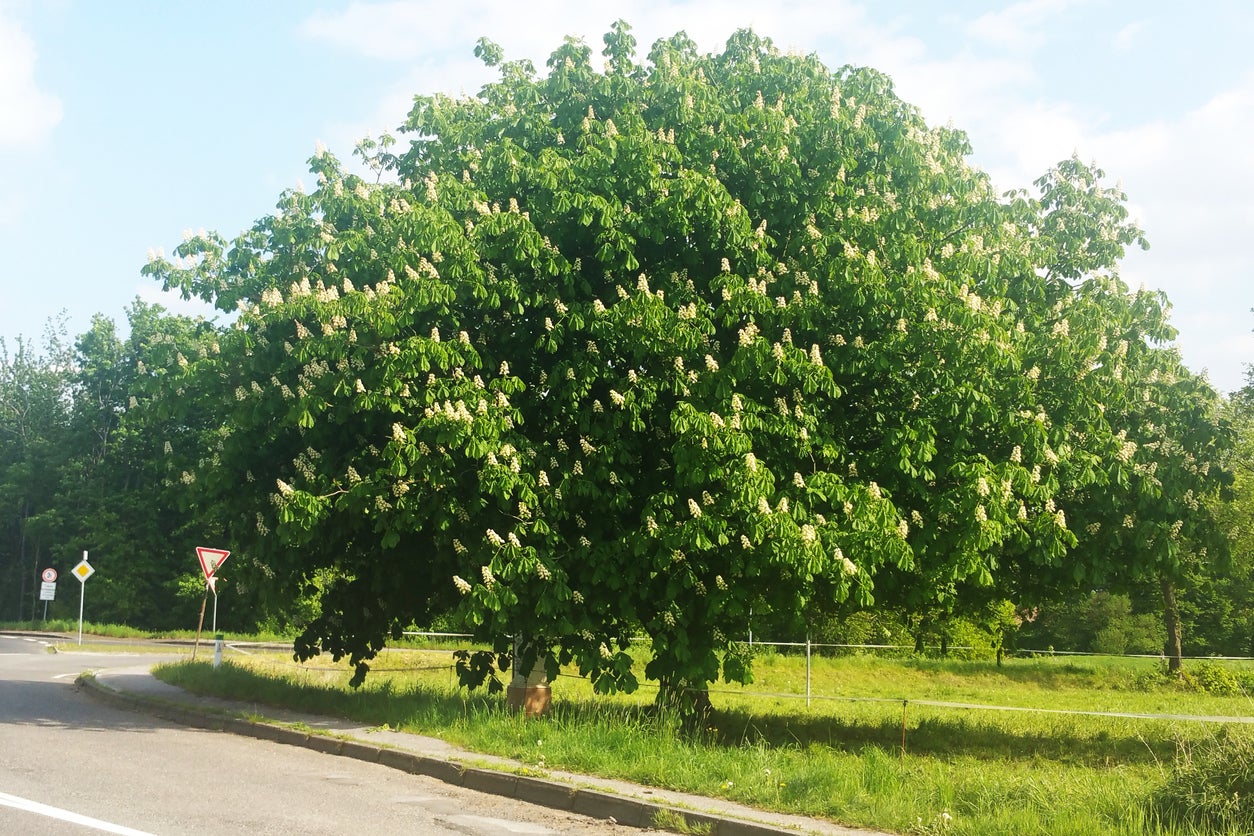

For additional interest in the landscape, consider growing horse chestnuts. They're perfect for adding drama either standing alone as a specimen planting or among other tree as a border planting.
What are Horse Chestnuts?
You may be wondering, What are horse chestnuts? Horse chestnuts (Aesculus hippocastanum) are large flowering trees, similar to buckeyes, with showy, white blooms in spring. These are followed by attractive, spiny, green seedpods from midsummer through fall. In addition to their beautiful flowers and seedpods, horse chestnut trees also exhibit interesting bark with twisted limbs. One note of caution: do not confuse these ornamental tree with other chestnut trees (Castanea genus), which are edible. The fruit of horse chestnuts should not be eaten.
Growing a Horse Chestnut Tree
The most important factor when growing a horse chestnut tree is location. Horse chestnuts thrive in USDA plant hardiness zones 3-8 in areas having full sun and well-drained, but moist, humus-rich soil. These trees do not tolerate excessively dry conditions. Horse chestnut trees are usually planted in spring or fall, depending on climate. Since they are normally purchased as container or burlapped plants, the planting hole should be about three times their width and deep enough to accommodate them with the top of the rootball flush with the soil. Once the tree is placed in the hole, ensure it is straight before adding some of the soil to anchor it in place. Fill the hole with water, allowing it to absorb before adding organic matter and remaining soil. Tamp down lightly to eliminate any air pockets and add a layer of mulch to help retain moisture and keep out weeds. Water newly planted trees regularly. Established trees require little care other than occasional pruning in late winter as needed.
Growing Horse Chestnut Seeds or Conkers
The horse chestnut can also be grown from seeds or conkers. The spiny seedpods drop from the tree in fall when ripened and crack open to reveal the horse chestnut seeds inside. Horse chestnut seeds should be planted as soon as possible. Do not allow them to dry out. They also germinate rather quickly and are best sown outdoors in a cold frame. They can also be placed in a plastic bag outside for a couple of weeks. Once roots begin sprouting, plant them in pots of composted soil. Horse chestnut seedlings can be planted in their permanent locations the following spring or fall, or whenever they reach about a foot (30 cm.) or so tall. Growing a horse chestnut tree is easy and well worth the little effort involved. The tree makes a wonderful addition to the landscape for years of enjoyment.
Gardening tips, videos, info and more delivered right to your inbox!
Sign up for the Gardening Know How newsletter today and receive a free copy of our e-book "How to Grow Delicious Tomatoes".

Nikki Tilley has been gardening for nearly three decades. The former Senior Editor and Archivist of Gardening Know How, Nikki has also authored six gardening books.
-
 Looking For Plants To Give You The Soft And Fuzzies? Try These 5 Fuzzy Leaf Plant Options
Looking For Plants To Give You The Soft And Fuzzies? Try These 5 Fuzzy Leaf Plant OptionsLovers of texture, drama, silver foliage and tactile plants will adore these special sensory garden additions. These fuzzy leaf plant options will leave you all aglow
By Susan Albert
-
 Get Ready For A Summer Of Hummers! Grow These Full Sun Hummingbird Plants and Flowers
Get Ready For A Summer Of Hummers! Grow These Full Sun Hummingbird Plants and FlowersIf you’re lucky enough to enjoy a sunny backyard, make sure you are maxing out on your pollinator opportunities and grow these full sun hummingbird plants and flowers
By Tonya Barnett
-
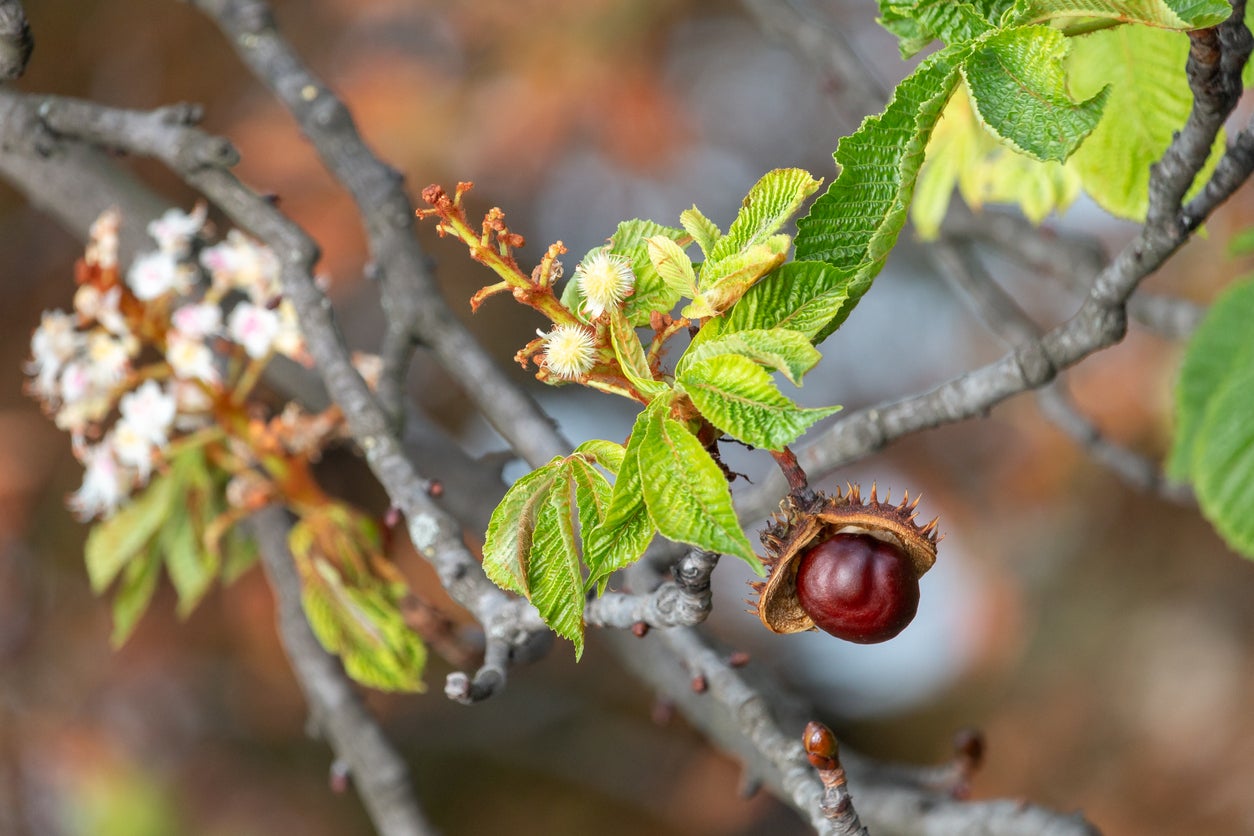 Horse Chestnut Pruning: Should You Cut Back Horse Chestnut Branches
Horse Chestnut Pruning: Should You Cut Back Horse Chestnut BranchesWhat does it take to keep a horse chestnut tree healthy? Do you need to cut back a horse chestnut? The following information on horse chestnut pruning discusses the pros and cons of pruning horse chestnut trees and how to prune them. Click here to learn more.
By Amy Grant
-
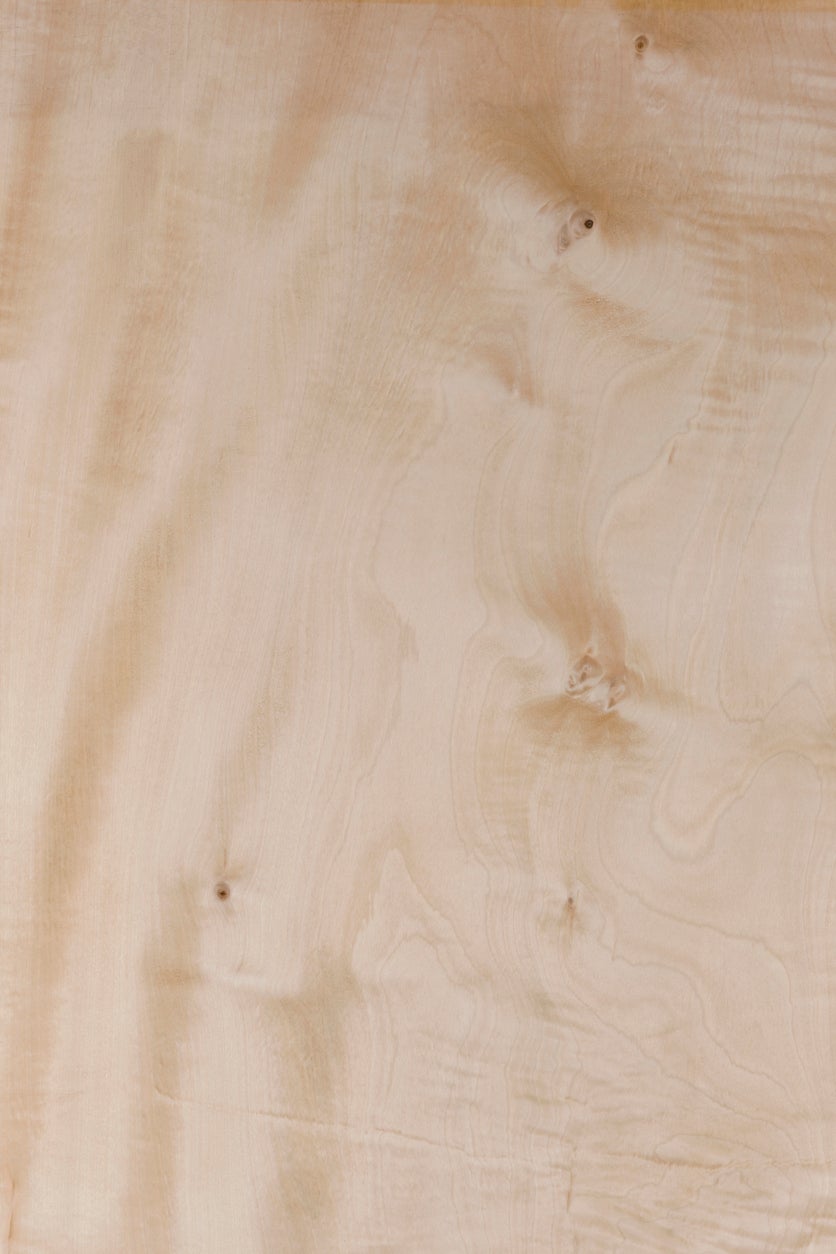 Uses For Horse Chestnut Wood – Building With Horse Chestnut Trees
Uses For Horse Chestnut Wood – Building With Horse Chestnut TreesBuilding with horse chestnut isn’t common because it is a weaker wood compared to others, and doesn’t resist rot well. But, with its creamy color and other desirable characteristics, there are some uses for horse chestnut in woodworking and turning. Learn more here.
By Mary Ellen Ellis
-
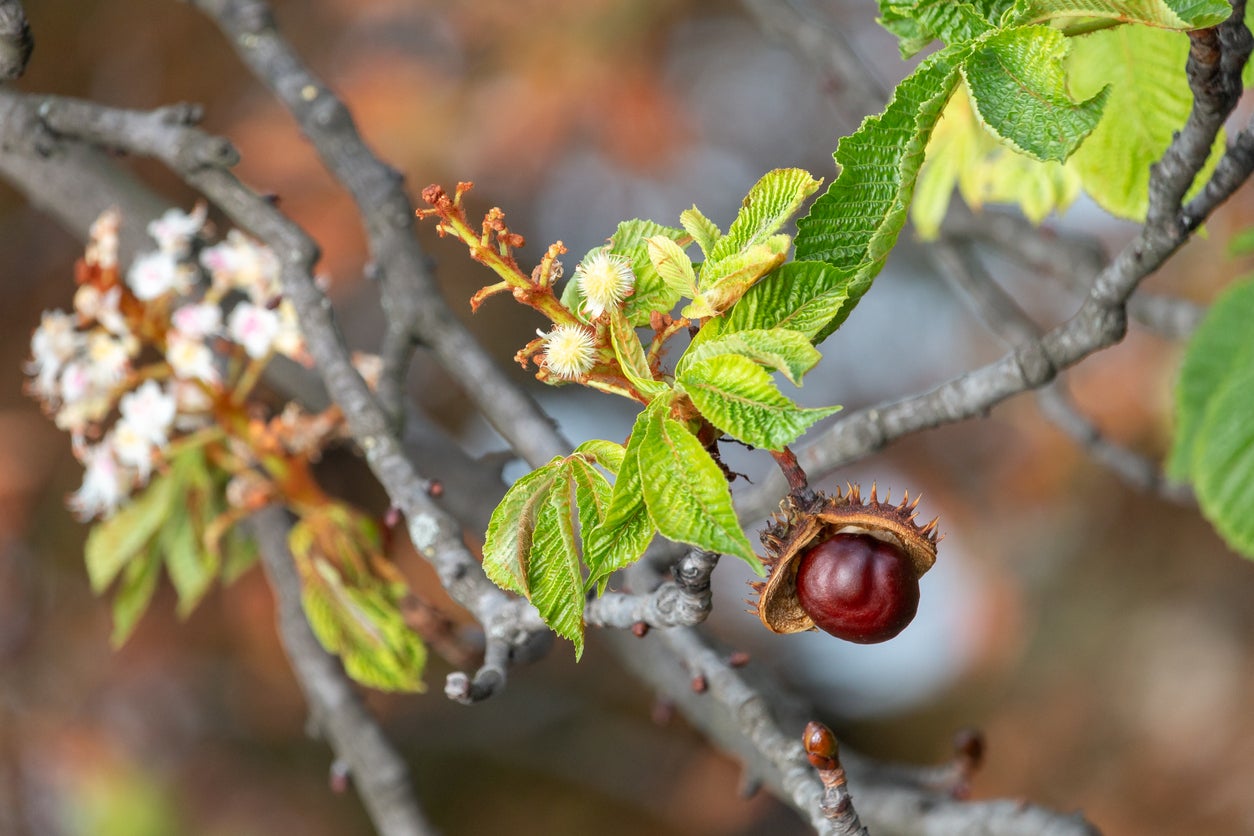 Horse Chestnut Varieties – Are Buckeyes And Horse Chestnuts The Same
Horse Chestnut Varieties – Are Buckeyes And Horse Chestnuts The SameOhio buckeyes and horse chestnuts are closely related but they aren’t the same. Wondering how to tell the difference between buckeyes and horse chestnuts? Learn the distinguishing characteristics of each and more about other Aesculus varieties in this article.
By Mary H. Dyer
-
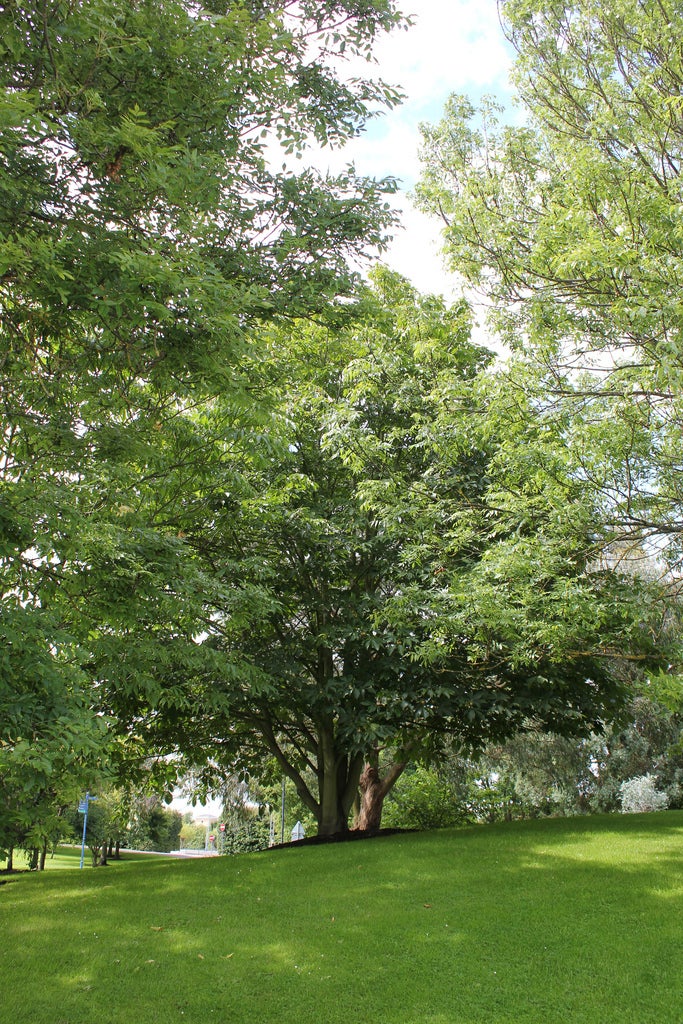 Japanese Horse Chestnut Info: Tips For Growing Japanese Chestnut Trees
Japanese Horse Chestnut Info: Tips For Growing Japanese Chestnut TreesIf you’re looking for a truly spectacular shade tree, look no further than the Turbinata chestnut, also known as the Japanese horse chestnut, tree. Want to learn more? Click on the following article for Japanese horse chestnut info and care for this impressive tree.
By Amy Grant
-
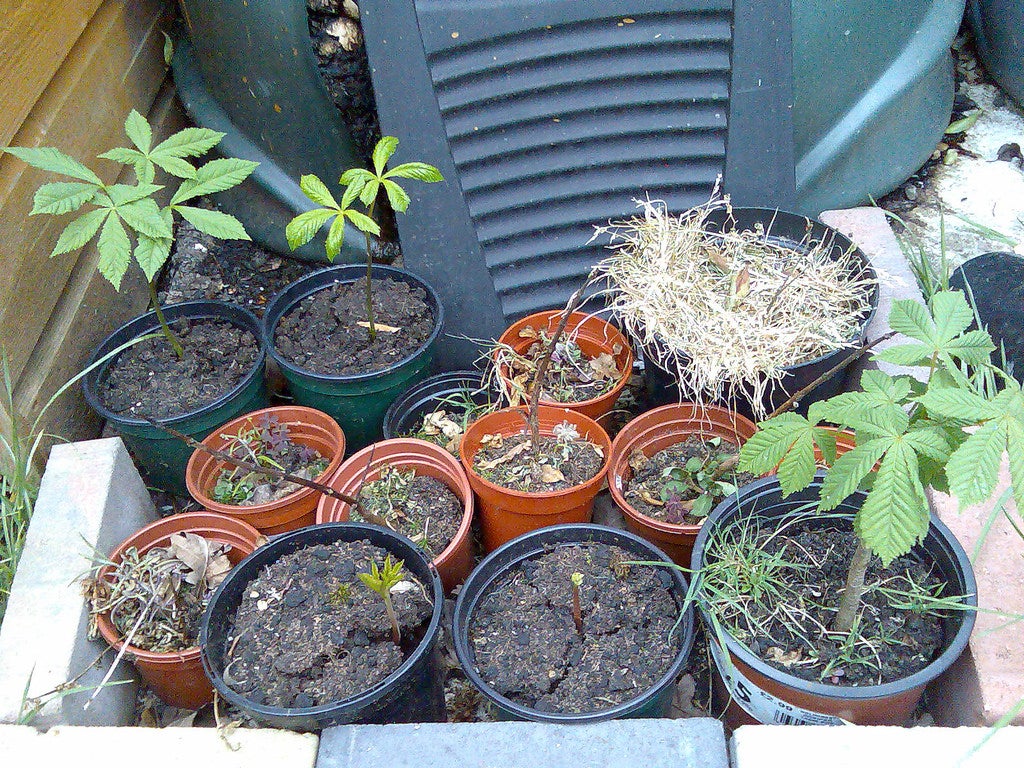 Potted Horse Chestnut Care – Can Horse Chestnut Trees In Containers Survive
Potted Horse Chestnut Care – Can Horse Chestnut Trees In Containers SurviveThe prolific fruit litter from horse chestnuts results in hundreds of intriguing nuts that can be container grown into trees. However, a potted horse chestnut is a short-term solution. Learn more about growing horse chestnuts in containers here.
By Bonnie L. Grant
-
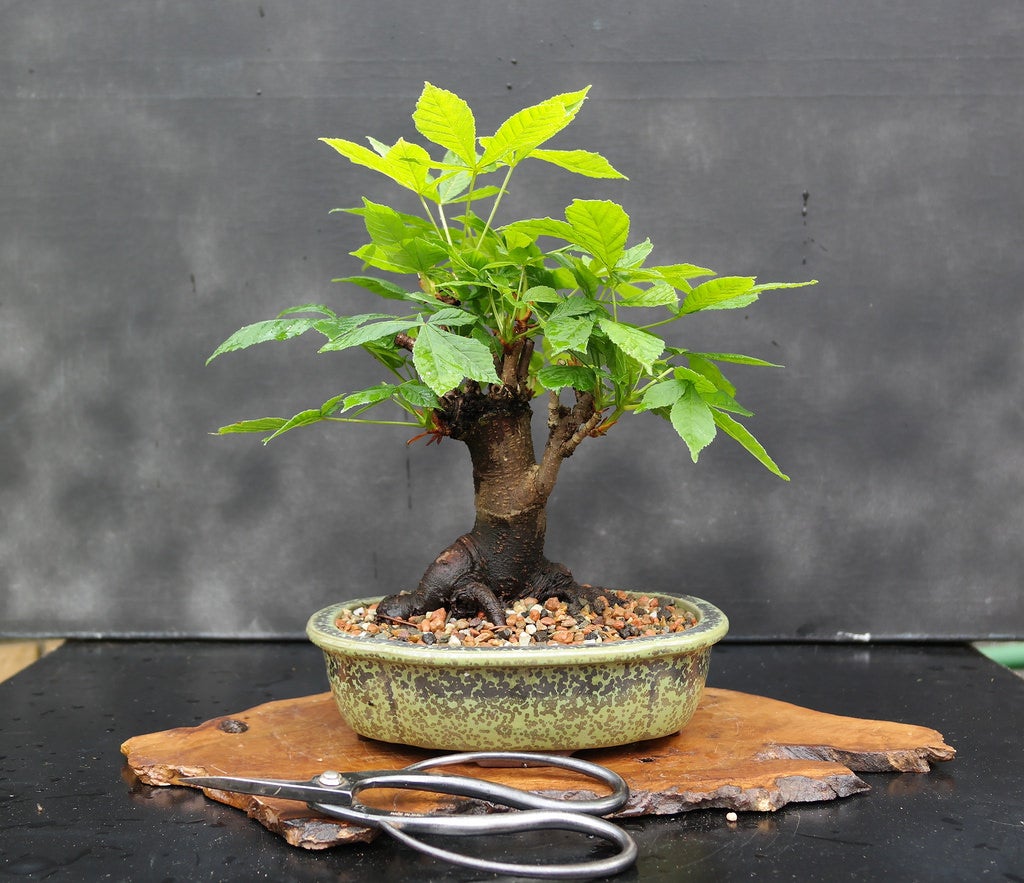 Horse Chestnut Bonsai Plants – Can You Grow A Horse Chestnut Bonsai Tree
Horse Chestnut Bonsai Plants – Can You Grow A Horse Chestnut Bonsai TreeNewcomers to the art of bonsai might have some trepidation about using an expensive specimen for their first attempt. Many native trees can become beautiful bonsai for little cost. Take the horse chestnut, for example. Find out how to grow a horse chestnut bonsai here.
By Amy Grant
-
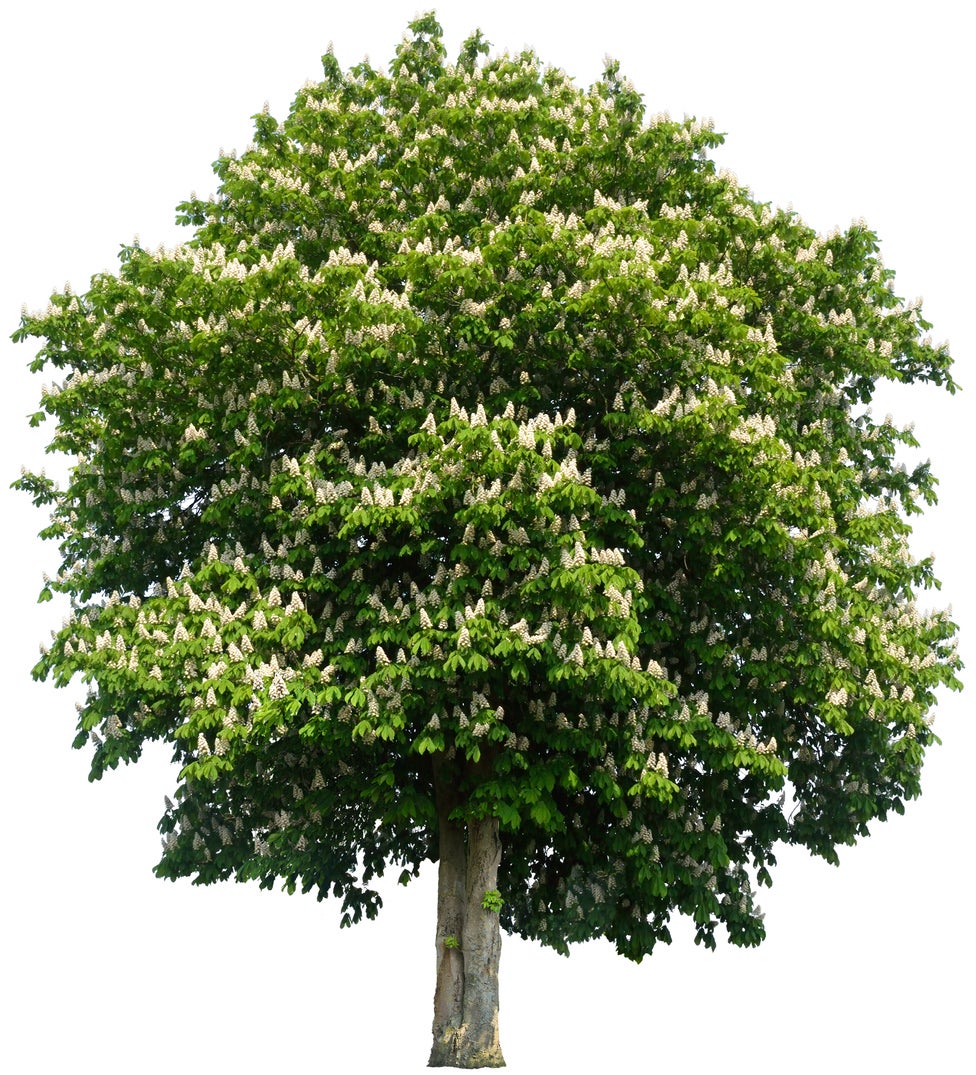 Baumann Horse Chestnut Trees – Care Of Baumann Horse Chestnuts
Baumann Horse Chestnut Trees – Care Of Baumann Horse ChestnutsThe Baumann horse chestnut is an interesting combination of both an attractive flowering tree and one that provides pleasant shade in the summer. Want to see if this tree is a good fit in your landscape? Click here for additional information.
By Tonya Barnett
-
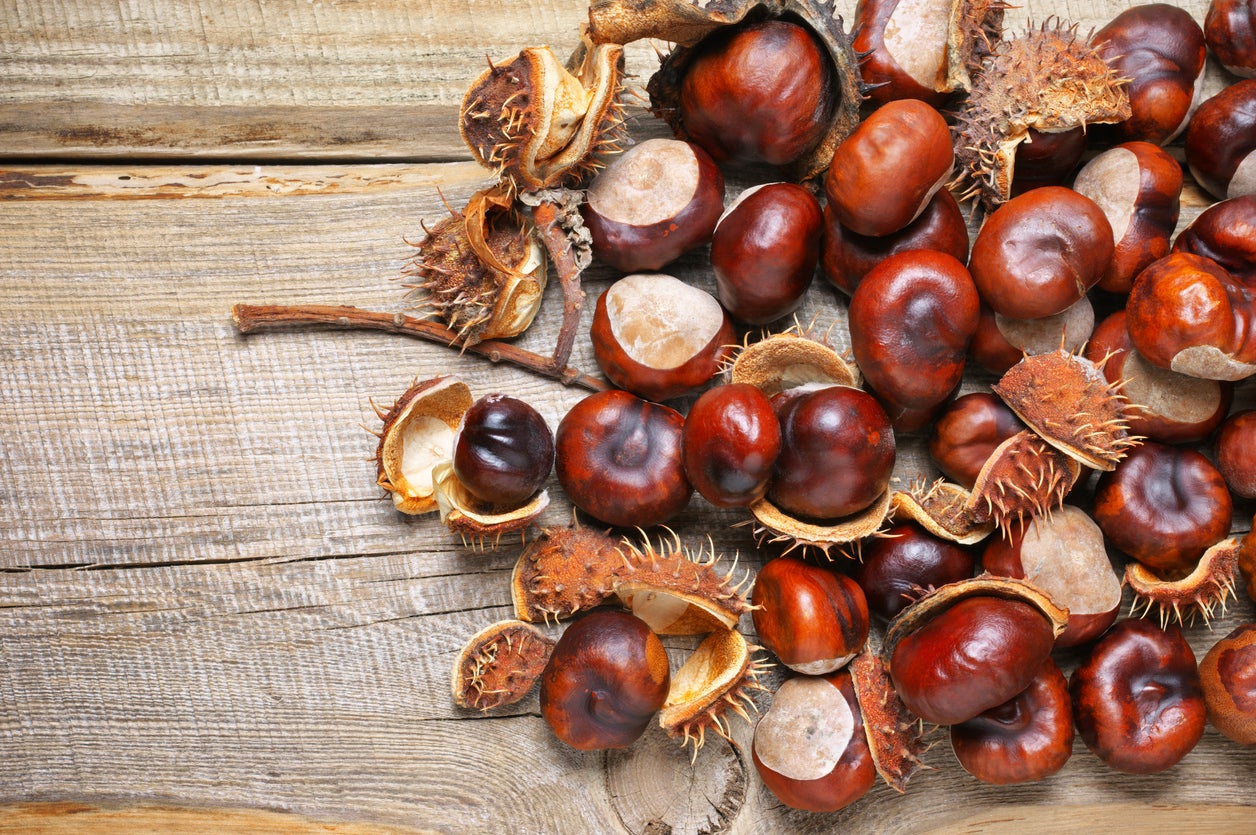 Are Horse Chestnuts Edible: Learn About Toxic Horse Chestnuts
Are Horse Chestnuts Edible: Learn About Toxic Horse ChestnutsWhen you hear the song about chestnuts roasting on an open fire, don’t mistake these nuts for horse chestnuts. Horse chestnuts are a very different nut. Are horse chestnuts edible? They are not and should not be consumed by people, horses, or other livestock. Learn more here.
By Teo Spengler